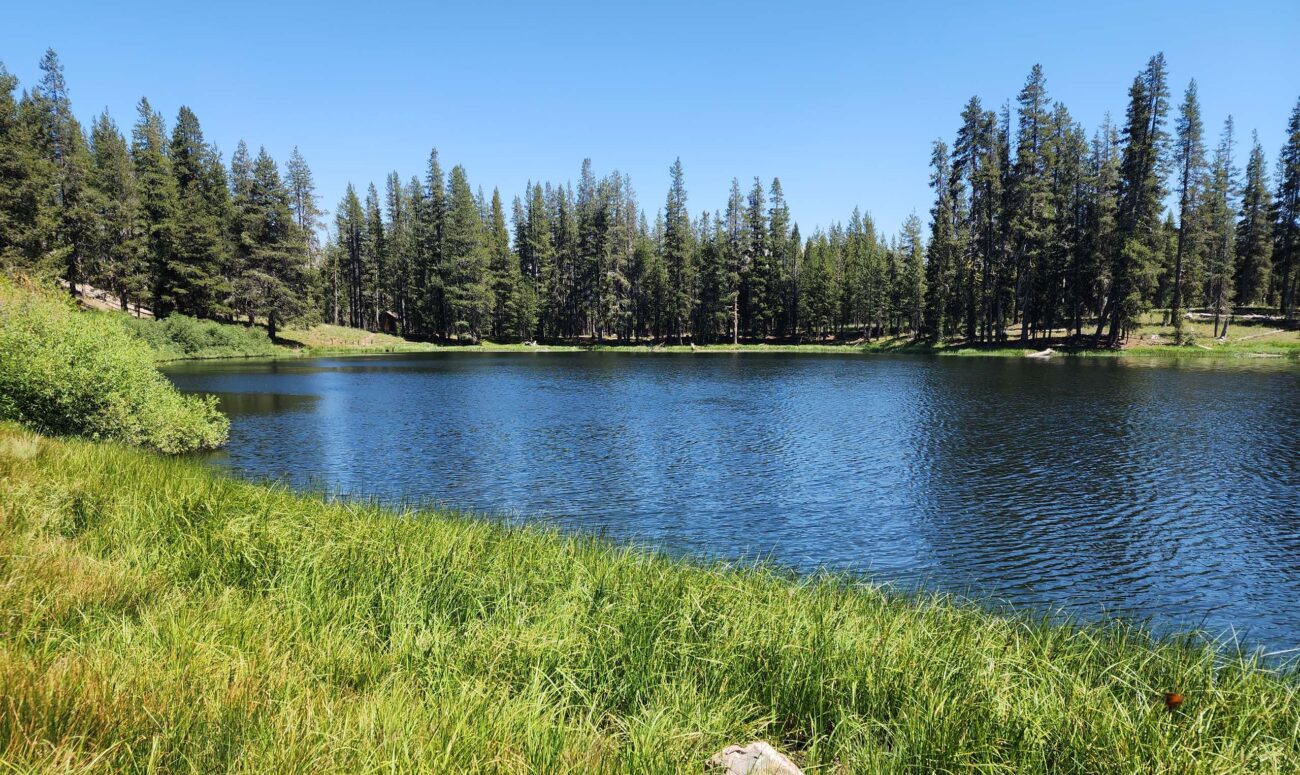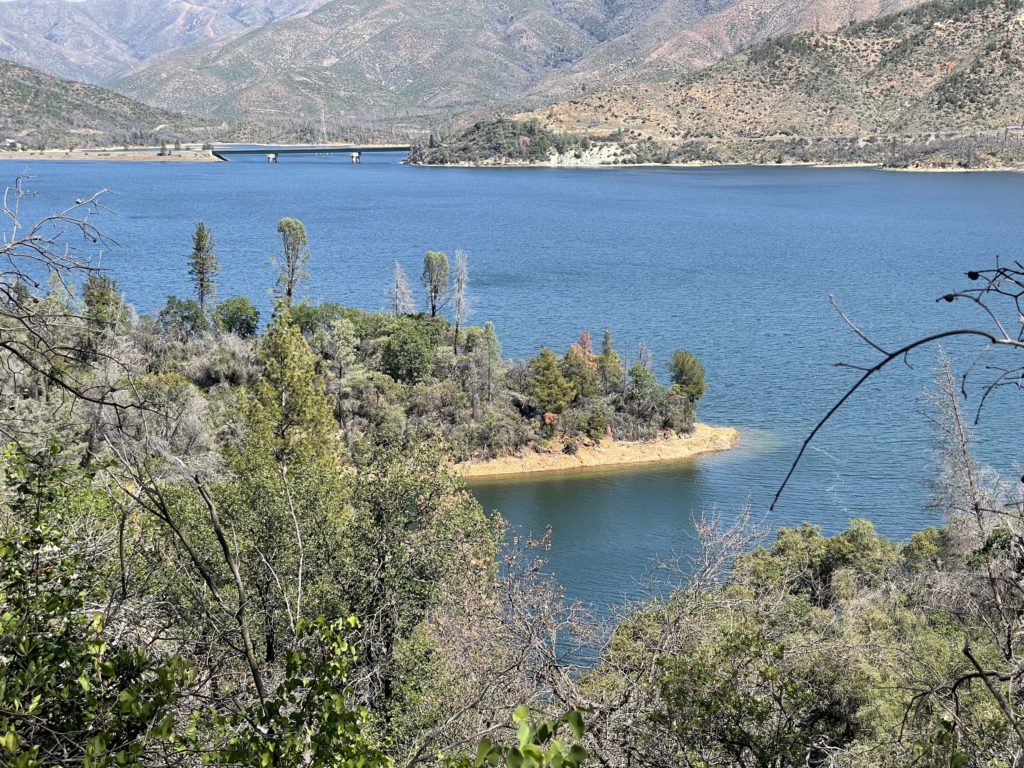
Sáttítla
California Native Plant Society is supporting efforts of the Pit River Tribe to protect their ancestral homelands and spiritual sites on Medicine Lake Highlands, traditionally called Sáttítla, by having the area declared a national monument. I recently met with Nick Jensen, Conservation Program Manager for CNPS, and two other CNPS staff members to build up support for this effort. Conservation of this area supports the California and US 30/30 program by providing added protections to the area, while allowing the Tribe to practice their traditional ways to manage the land. Later, also we met with CalTrout, CalWild, and the Wilderness Conservation Foundation.
The major driver for requesting national monument status is that many companies are trying to get geothermal permits to build electric plants there, which would threaten the the pristine waters that flow from the area. Drilling compounds, forest clearing for roads, industrial plants, and extensive high-voltage powerlines would all threaten the ecosystem and, in particular, pollute the waters.
We encourage you to sign the petition in support of national monument designation, available on the Pit River Tribe’s Protect Sáttítla website. You may also write a letter directly to President Biden, cc a copy to Congressman Doug LaMalfa, and send a copy to me at dsledger49@gmail.com. Senator Padilla is in favor of changing the status to a national monument, but his staff wants letters of support from local residents. Please spare the time to write a short letter or email of support to President Biden, copied to Congressman Doug LaMalfa and me as noted above, and your letters will all be forwarded to Senator Padilla’s office. At very least, if your time is limited, just sign the Tribe’s petition and your name will go to President Biden.
Climate Change at Whiskeytown
Whiskeytown National Recreation Area has been taking daily temperature readings since 1960. Here is what they have found to date:
Because the daily weather has been recorded at park headquarters since 1960, Whiskeytown National Recreation Area has been able to use this 60+ years of data to see how the local climate has changed during this time. So, what does this data tell us? First and foremost, it’s getting warmer at Whiskeytown, especially at night. Since 1960, the daily average low temperature has increased by 4.5 degrees, while the daily average high temperature has increased by 1.6 degrees.
Scientists have found it to be a common phenomenon worldwide for temperatures to be increasing more at night than daytime.

Project 2025: A Threat to Our Environment
You have probably heard of Project 2025, a proposal by the Heritage Foundation, a conservative think tank, and 100 other conservative organizations to reduce the size of the federal government and drastically change how it would function. It will also require loyalty oaths from mid-level and higher employees, should former-president Trump be re-elected. Here are just a few of the drastic changes:
- Reduce or eliminate the Environmental Protection Agency
- Eliminate the Department of Education
- Eliminate the Department of Homeland Security
- Eliminate the National Oceanic and Atmospheric Administration (also the National Weather Service)
- Eliminate the Consumer Financial Protection Bureau
- End almost all programs that address climate change
- Withdraw from international treaties addressing climate change
- Reduce funding for renewable energy
- Increase oil drilling and coal mining
To get a better grasp of these and other important issues, read Alison Durkee’s article, Project 2025 Explained: What To Know About The Controversial Right-Wing Policy Map For Trump—As Director Steps Down, in Forbes, a conservative Republican-leaning business magazine.
For more conservation issues, please see Shasta Environmental Alliance’s August 2024 Newsletter. ~David Ledger, Conservation Chair
